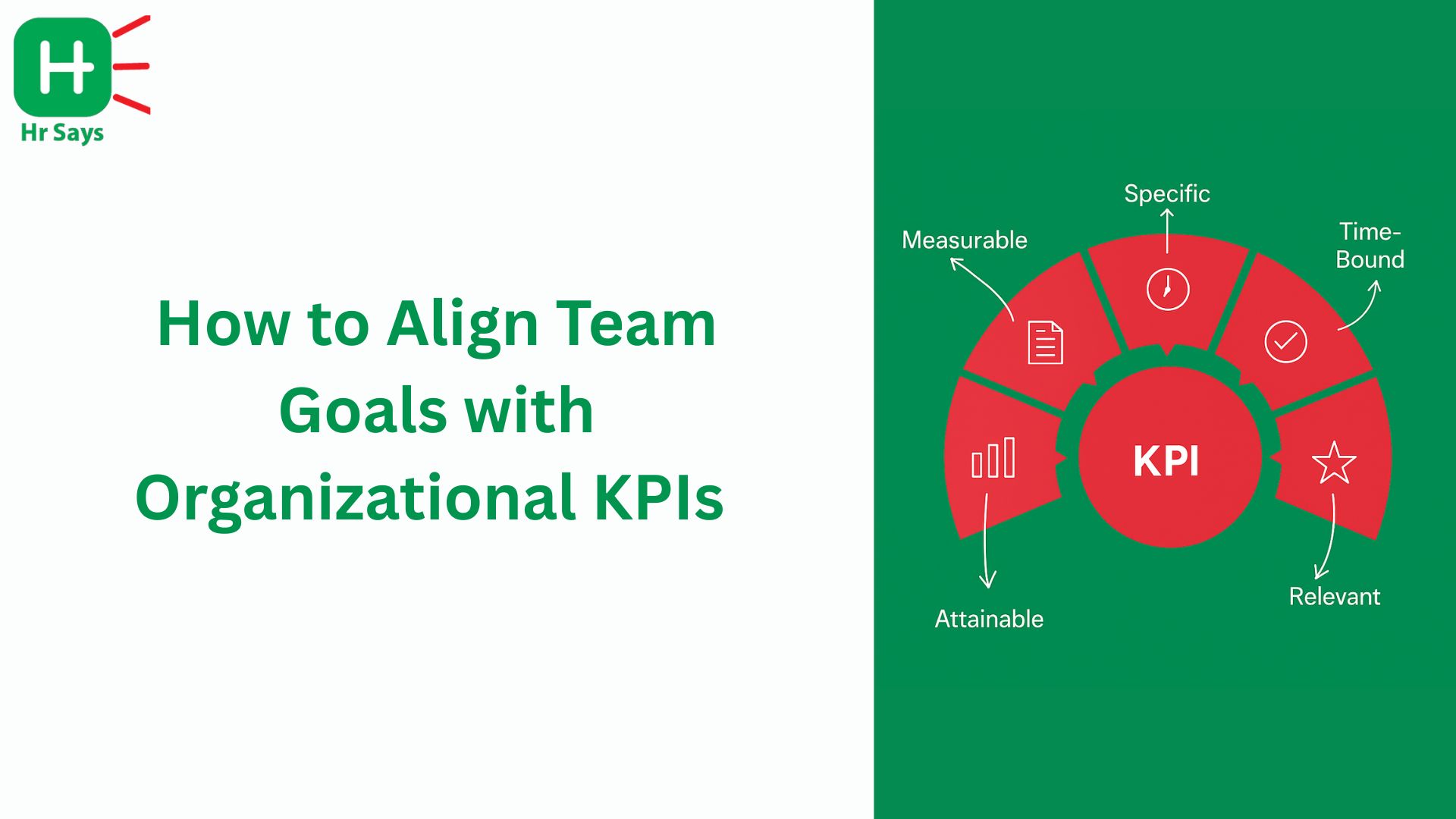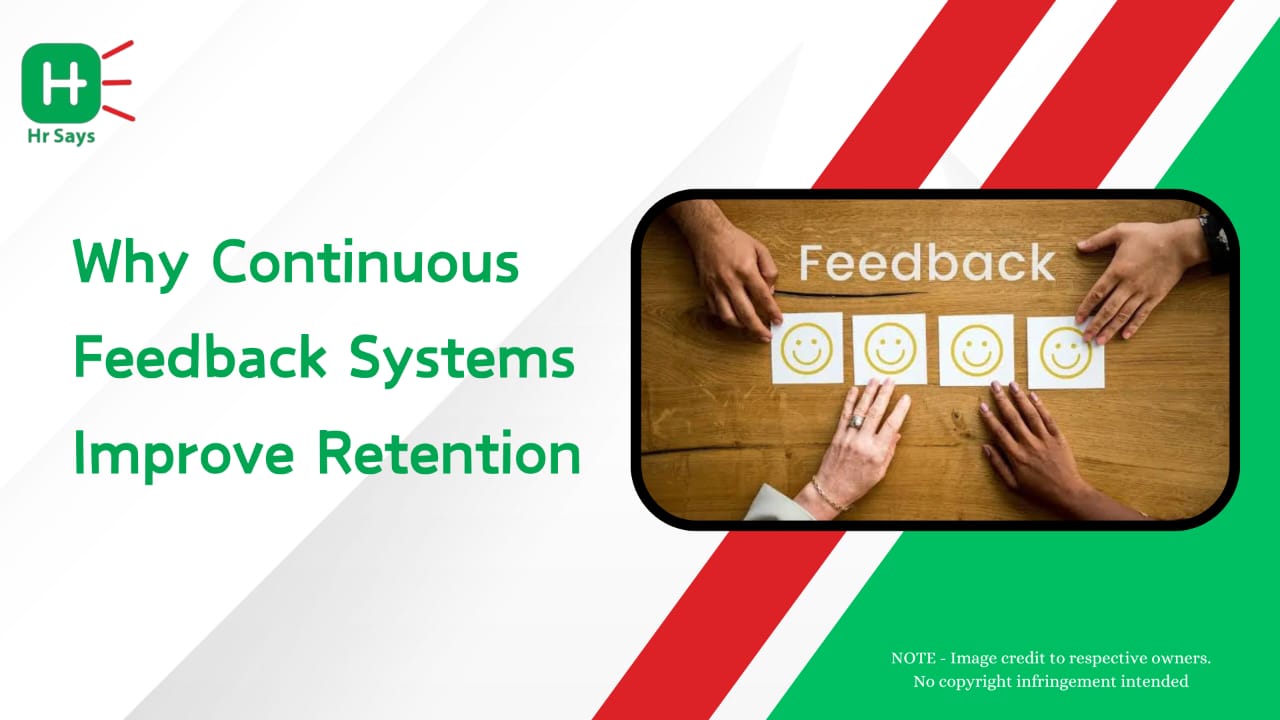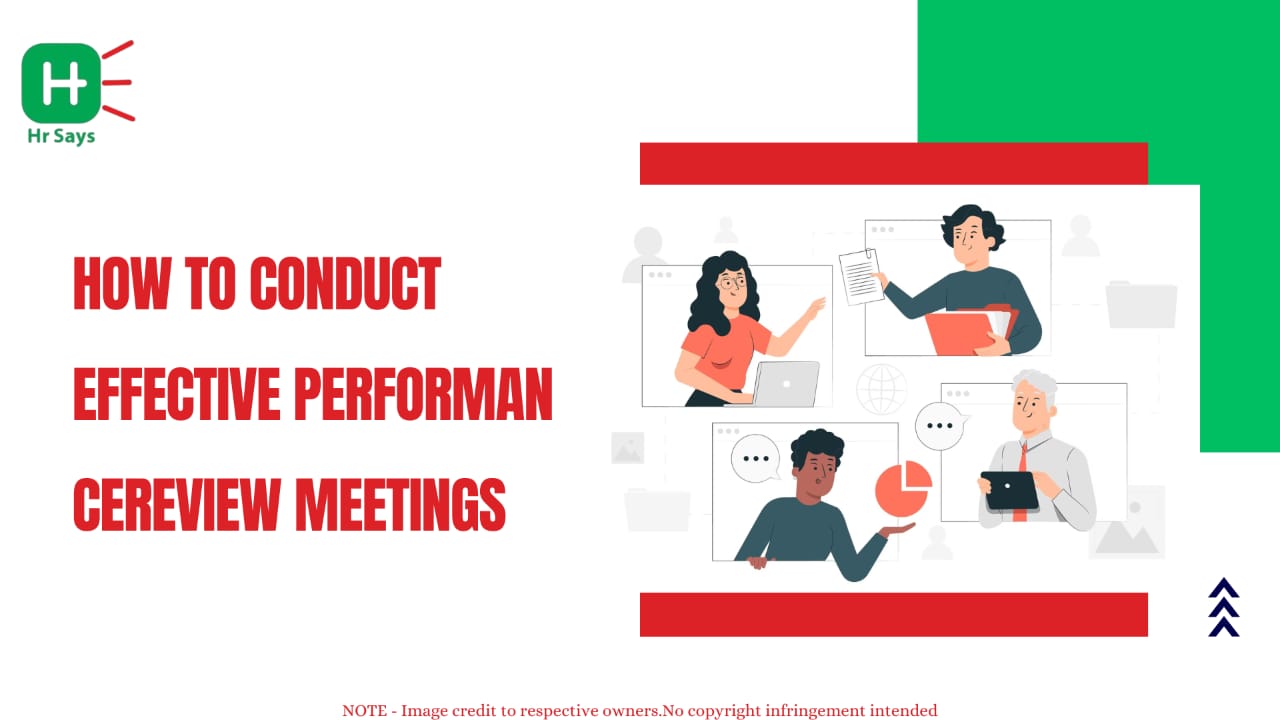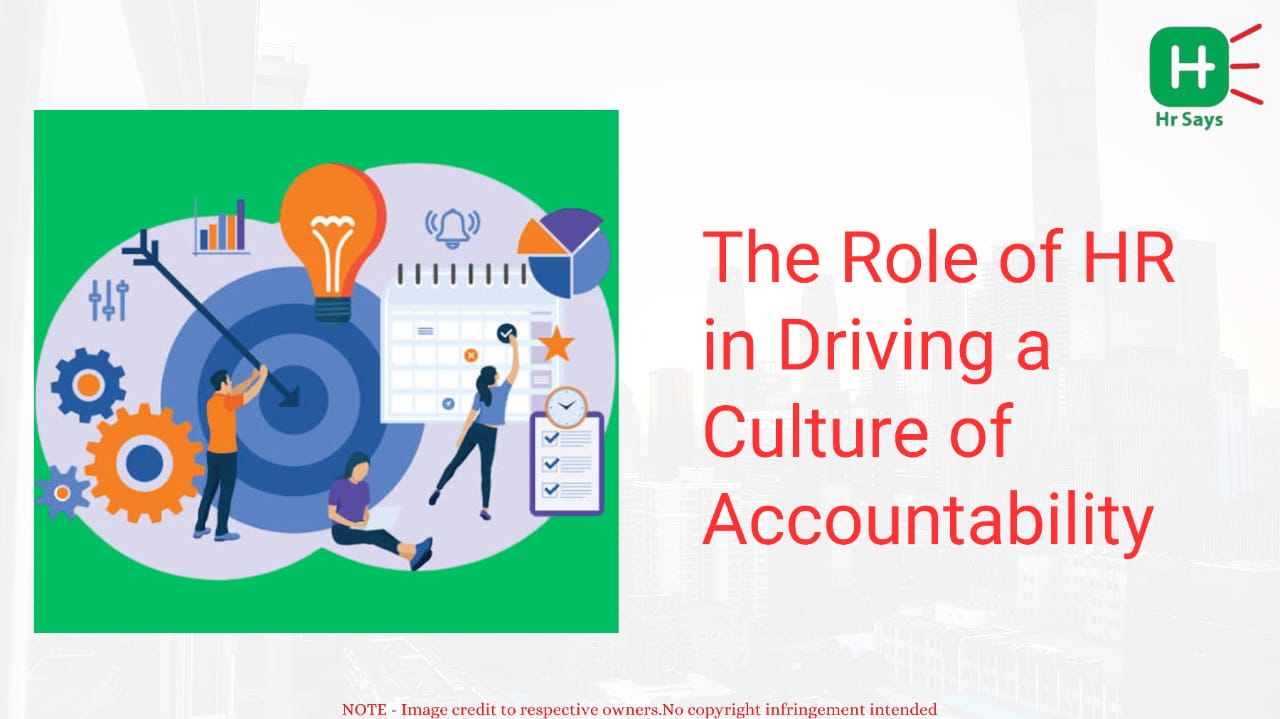Recruiting the best talent does not needs to drain the resources of your company. However, to most HR practitioners, cost-per-hire reduction, without compromising on the quality of the hiring process, is like walking on a tightrope. The good news? This balance is made possible through smart HR strategies; with a long-term increase in both recruitment efficiency and organization growth.
Understanding Cost-Per-Hire
The cost-per-hire is the amount spent by a company in a hiring activity at a time. This involves advertising expenses, salary of recruiter, technology solutions, referral bonuses and onboarding. Although these costs are inevitable, management of these costs is essential to all HR managers in pursuit of sustainable growth and increased ROI on recruitment processes.
Strategic Workforce Planning
Before cutting costs, understanding where they arise is essential. Workforce planning helps predict hiring needs, avoid overstaffing, and prepare talent pipelines in advance. When HR aligns recruitment with business forecasts, urgent last-minute hiring drops — and so does the overall cost-per-hire.
Key practices:
● Use data analytics to forecast skill gaps.
● Build internal talent mobility programs.
● Encourage employee referrals for faster, low-cost hiring.
These proactive methods reduce dependency on external recruiters and cut the expenses of constant sourcing.
Leveraging HR Tech and Automation
Technology has transformed how HR teams hire. From HR automation benefits for companies to HR analytics and data-driven decision making, tech tools now streamline repetitive processes like screening, interview scheduling, and candidate tracking.
Tools that reduce hiring costs:
● Applicant Tracking Systems (ATS): Automate resume screening.
● AI-driven recruitment tools: Identify qualified candidates faster.
● HR analytics dashboards: Measure recruiter performance and cost trends.
Incorporating the latest HR tech trends in India 2025 allows teams to hire faster, smarter, and at lower costs without compromising candidate quality.
Building a Strong Employer Brand
A strong brand attracts talent naturally — reducing the need for paid job ads. By investing in authentic storytelling and social media visibility, HR leaders can position their companies as desirable workplaces.
Focus areas include:
● Sharing real employee stories.
● Promoting company culture on LinkedIn and career pages.
● Highlighting diversity and inclusion initiatives.
In fact, HR professionals who master social media strategies for HR professionals often see improved reach and higher engagement from quality candidates.
Improving the Recruitment Funnel
Every step of the hiring process can either save or drain money. Optimizing this funnel requires HR managers to analyze drop-off rates, communication delays, and redundant steps.
Ways to streamline the funnel:
● Simplify job descriptions and application forms.
● Conduct structured interviews to reduce hiring time.
● Maintain talent databases for future openings.
This efficiency-driven approach aligns with the evolving HR digital transformation trends 2025, where speed, automation, and data insight guide every decision.
Upskilling Recruiters for Smarter Hiring
Training recruiters is often overlooked when managing costs. Yet, recruiters who understand HR analytics, negotiation, and employer branding can make better, quicker decisions. Encouraging continuous learning fosters smarter hires at a lower cost and strengthens overall career growth for HR professionals.
Conclusion
Reducing cost-per-hire isn’t about slashing budgets; it’s about hiring smarter. With a mix of workforce planning, automation, employer branding, and data-backed hiring, HR leaders can balance cost efficiency and talent quality. The result is a recruitment ecosystem that’s agile, tech-savvy, and ready for the future of HR in India.

 This article explores key HR strategies to lower cost-per-hire, including HR automation, employer branding, workforce planning, and data-driven decision-making. It emphasizes balancing hiring quality with efficiency to ensure long-term HR sustainability.
This article explores key HR strategies to lower cost-per-hire, including HR automation, employer branding, workforce planning, and data-driven decision-making. It emphasizes balancing hiring quality with efficiency to ensure long-term HR sustainability.








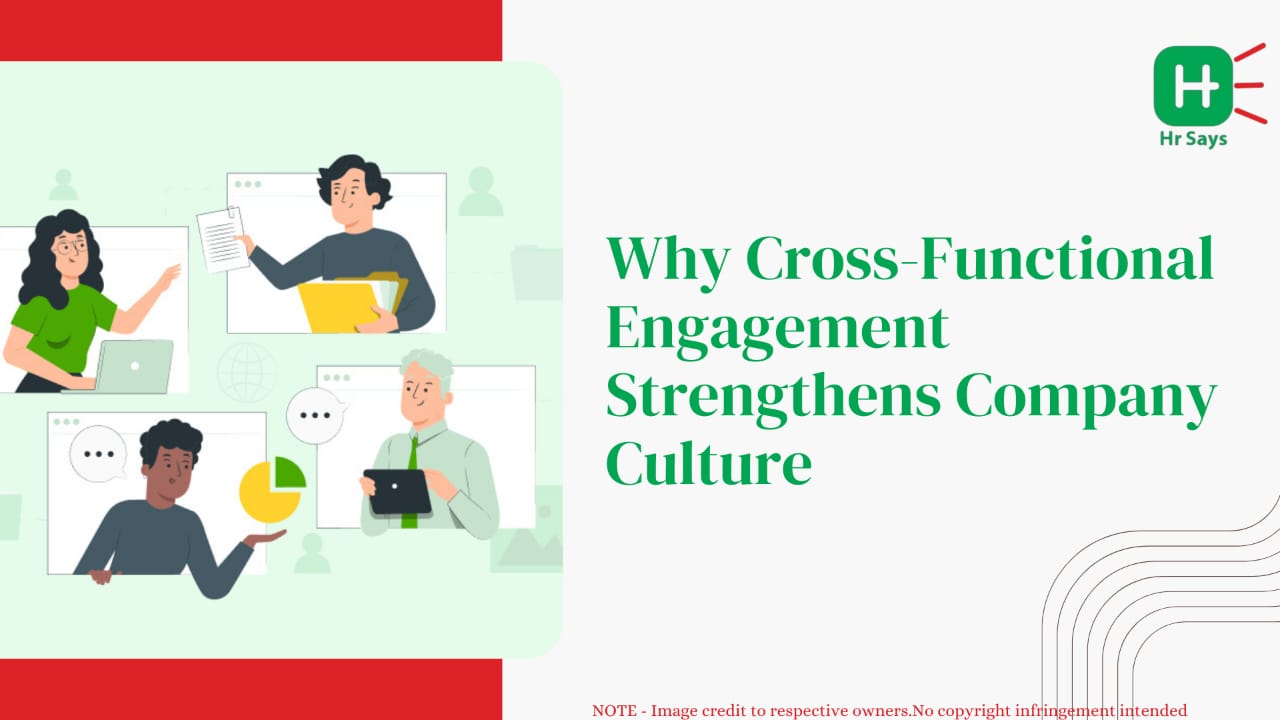

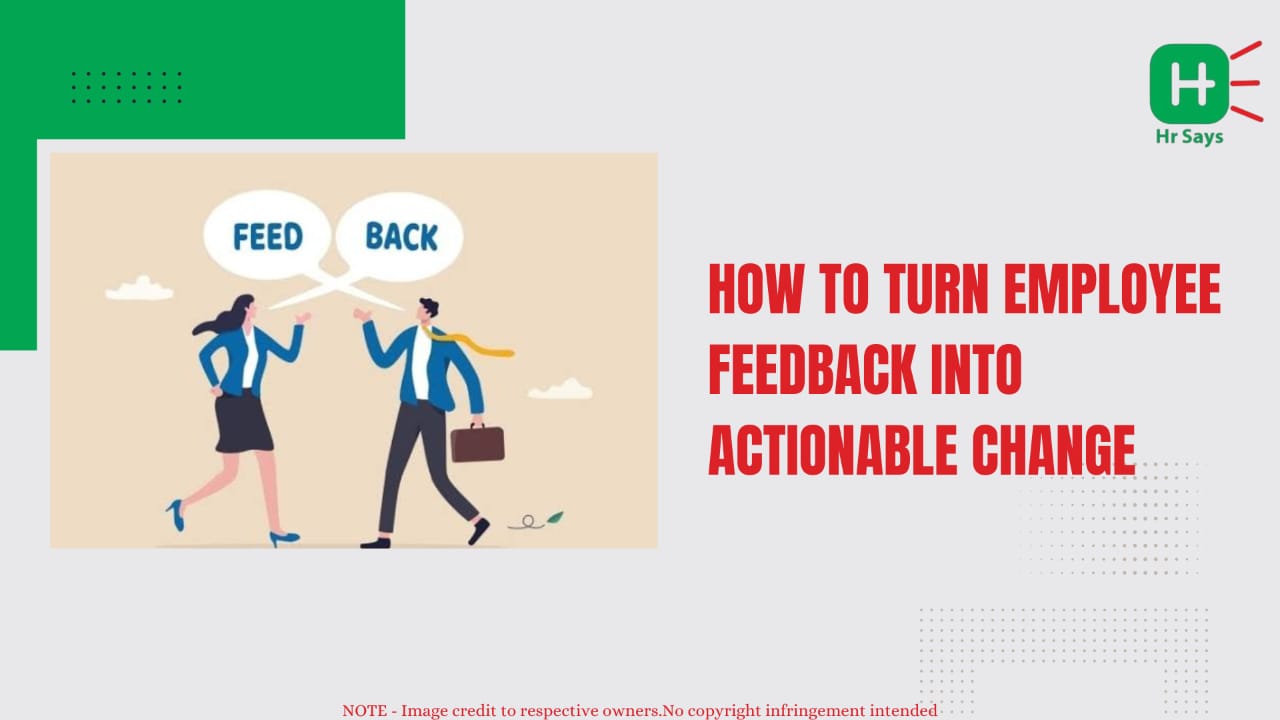

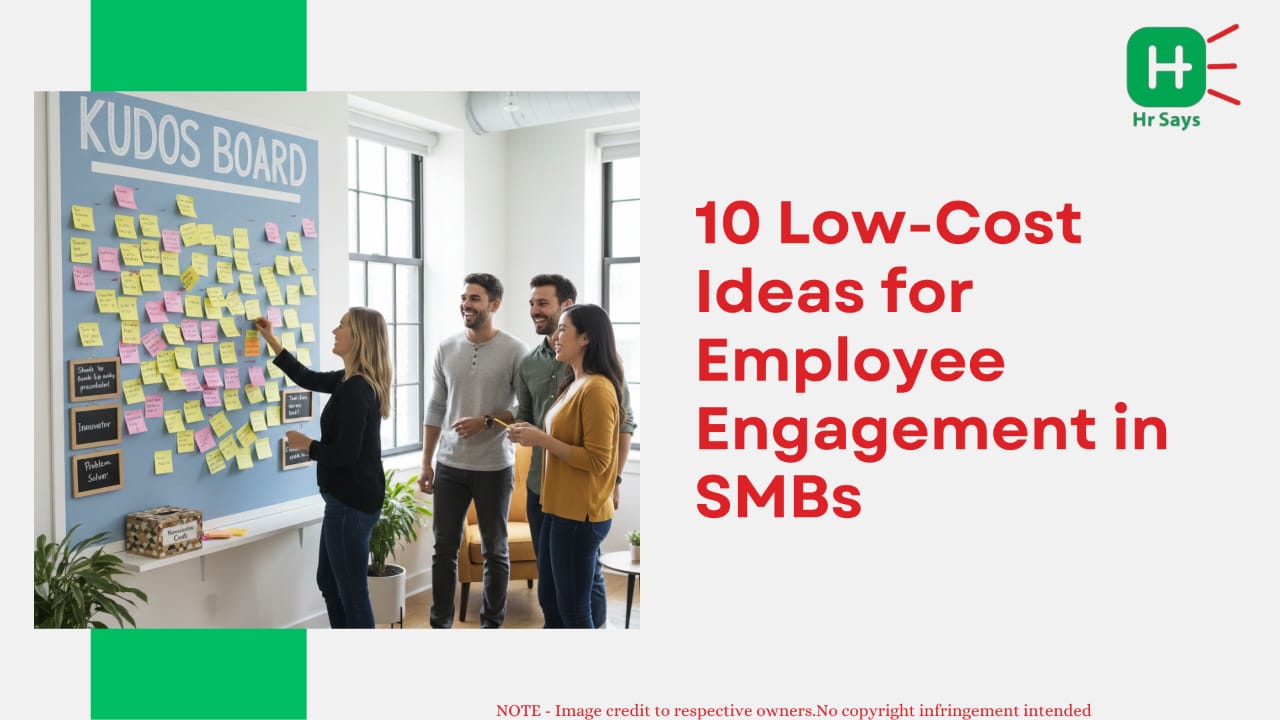
.jpeg)
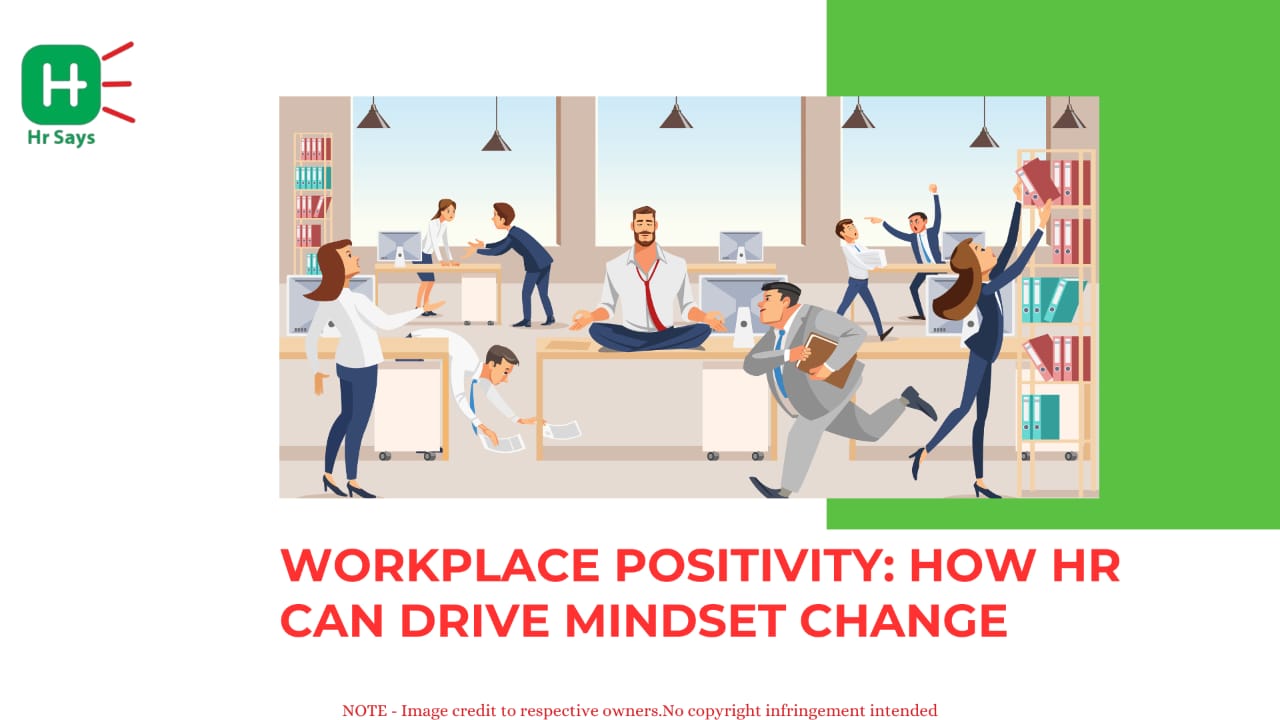


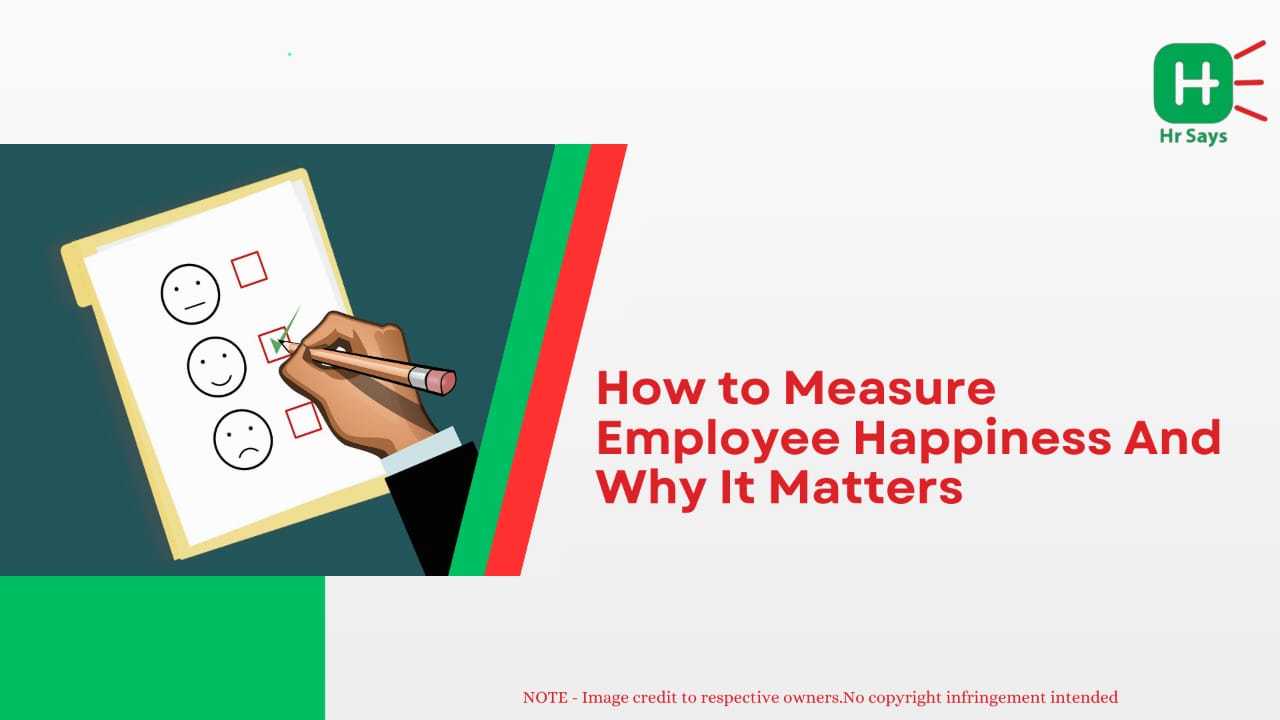

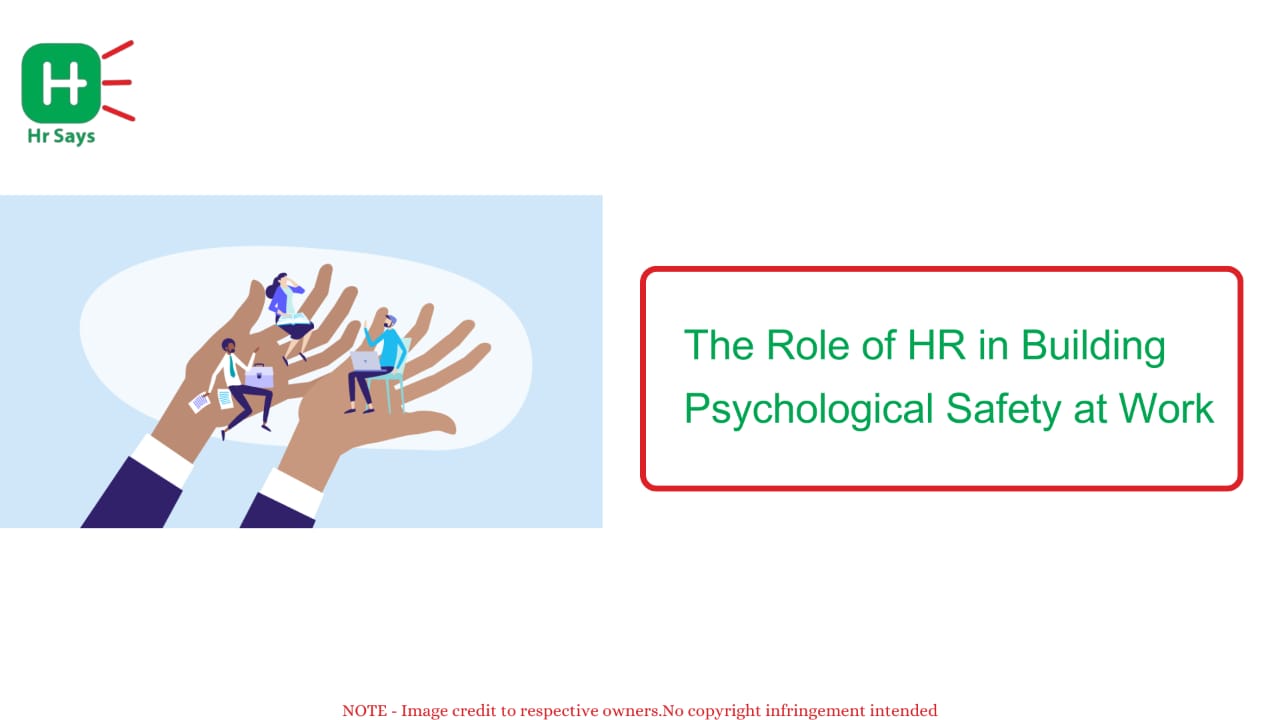

.jpg)
